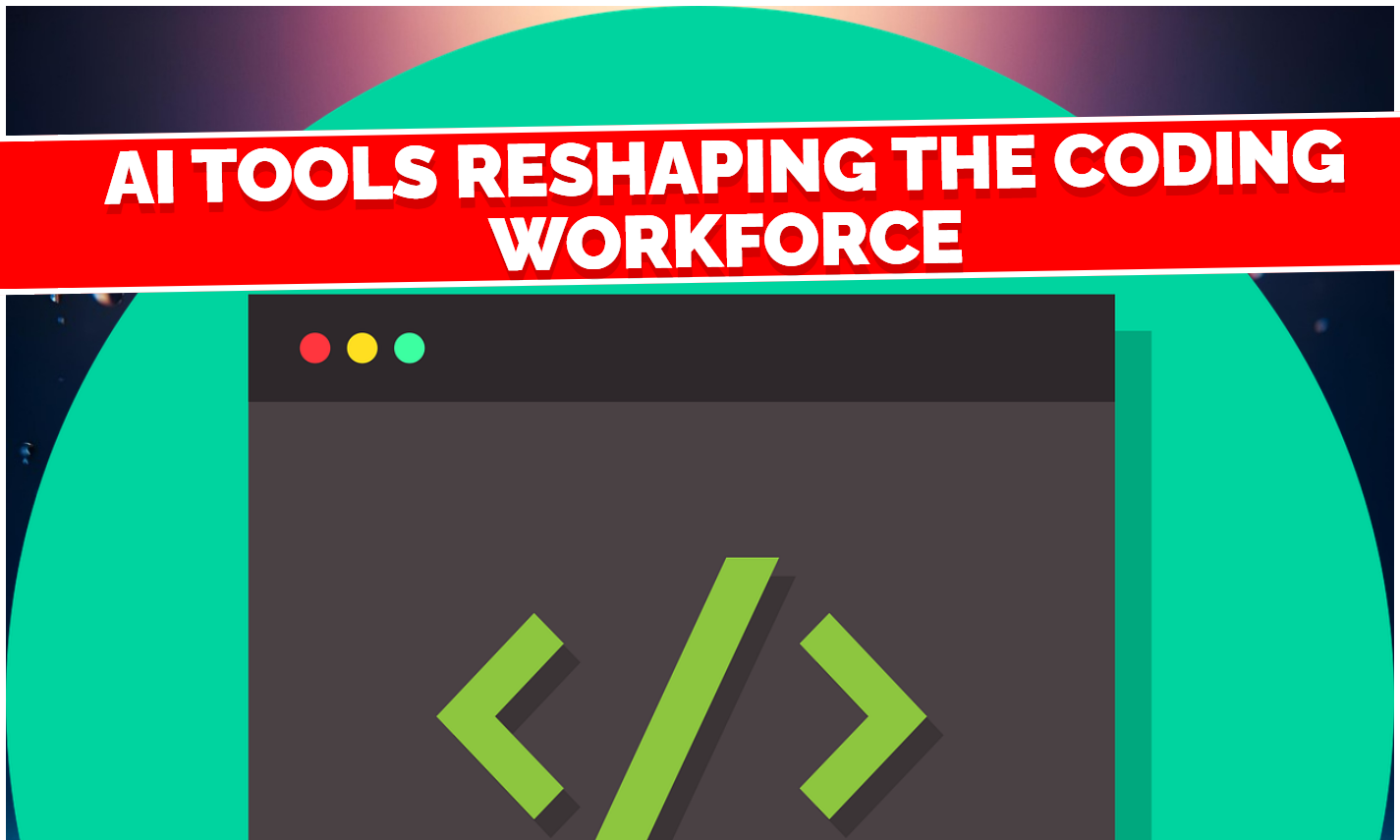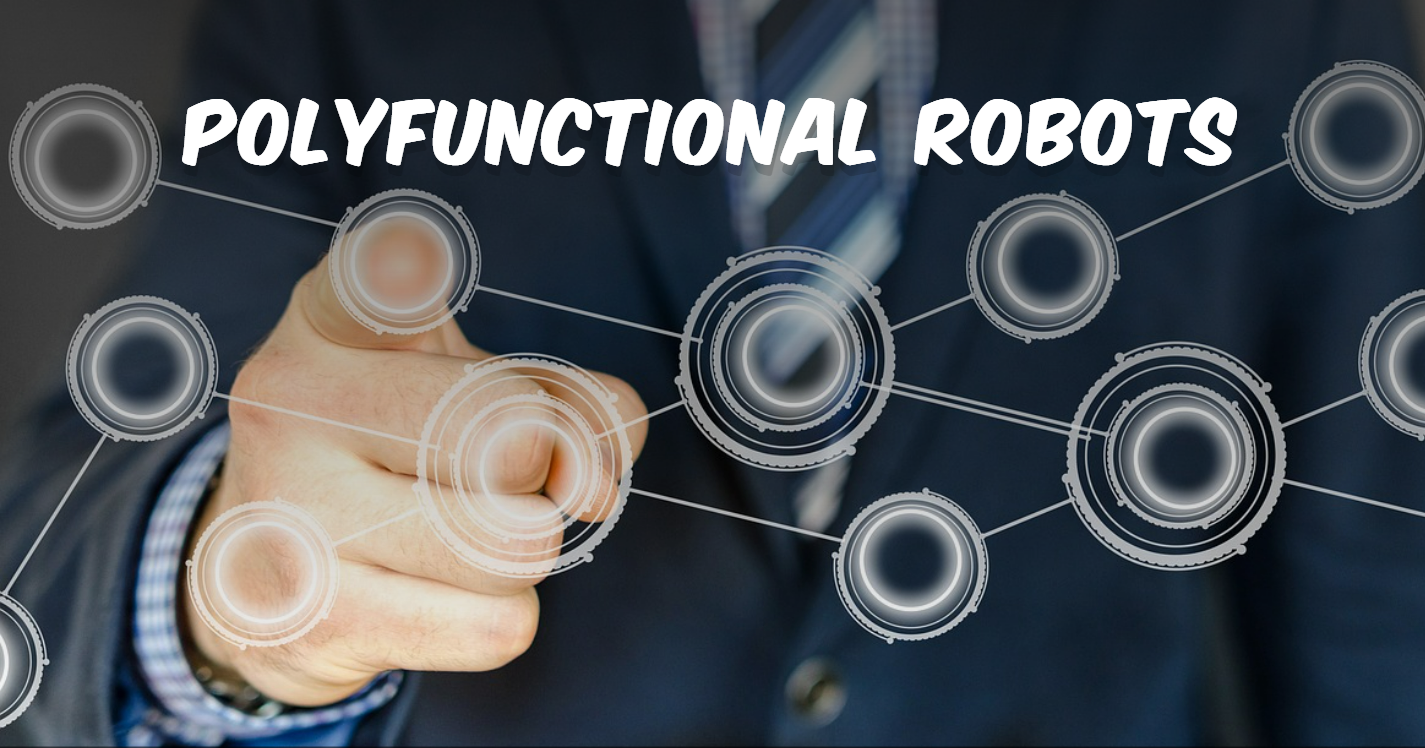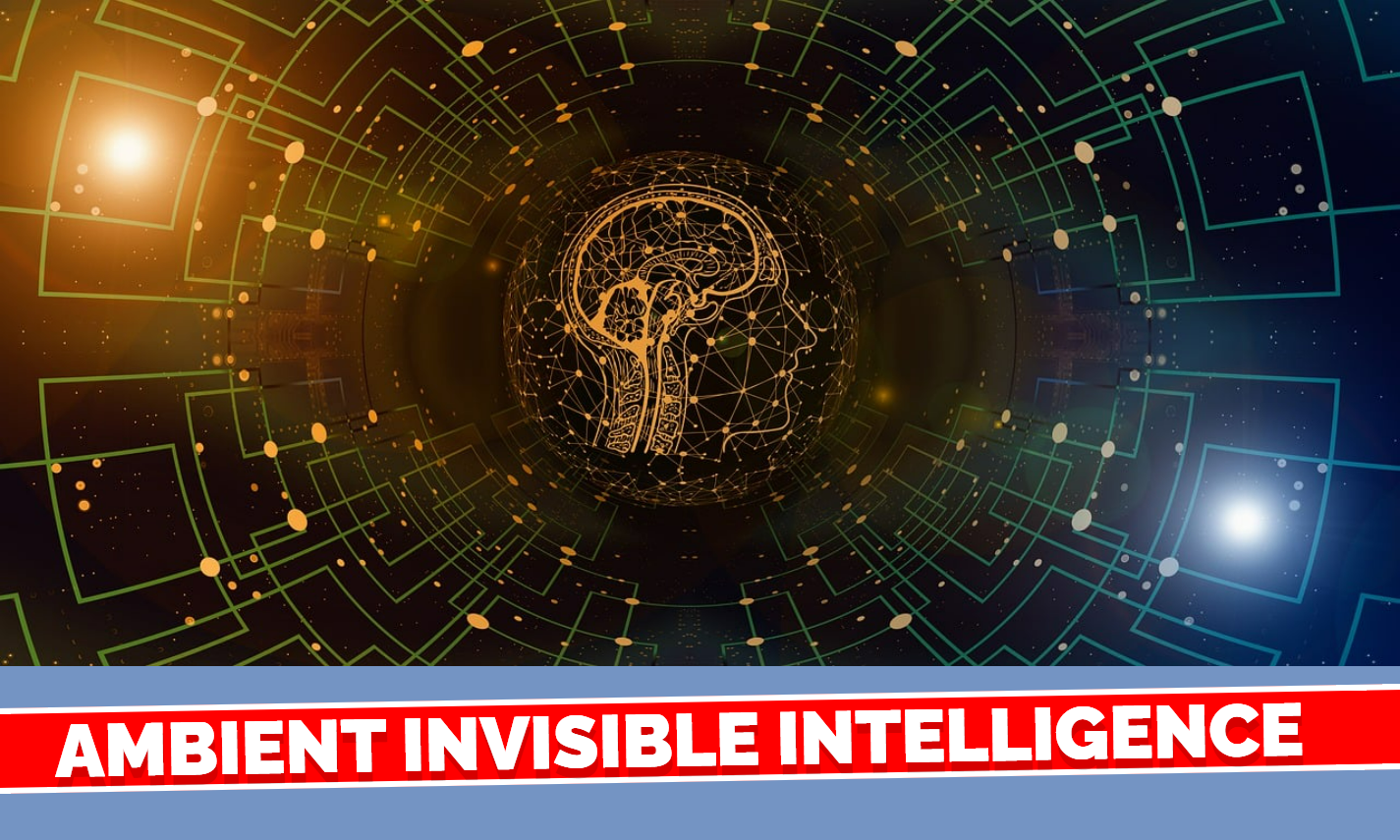The advancement of the web has experienced a few stages, and presently, as we enter the time of Web3, the way we connected with advanced innovations is moving once once more. Central to this modern worldview is blockchain innovation, which is fueling a decentralized, straightforward, and trustless web.
This article investigates the development of Web3 and blockchain, looking at how these developments are changing businesses, disturbing conventional trade models, and making modern openings for clients and businesses alike.
Understanding Web3 and Blockchain
Web3 is the another era of the web that points to decentralize control and grant clients more possession over their advanced intelligent. Not at all like Web1, which was a inactive and read-only web, or Web2, which presented interactivity and social organizing through stages like Facebook, Twitter, and YouTube, Web3 envisions a more open and decentralized web. It leverages blockchain innovation, which gives a secure, dispersed record framework to store and confirm information in a decentralized manner.
Blockchain is the fundamental innovation behind Web3. It is a advanced record that records exchanges over numerous computers in such a way that the enrolled exchanges cannot be modified retroactively. Blockchain’s decentralized nature guarantees straightforwardness, security, and believe. Whereas blockchain at first picked up notoriety through cryptocurrencies like Bitcoin and Ethereum, its potential amplifies distant past computerized monetary standards, touching different divisions like fund, healthcare, supply chain, gaming, and beyond.
Web3: A Decentralized Internet
Web3 points to address the confinements of Web2, where centralized stages and tech mammoths control much of the client involvement. With Web3, the thought is that clients will have more noteworthy control over their information, characters, and online resources, empowering a more participatory and evenhanded advanced environment. Key components of Web3 incorporate decentralized applications (dApps), decentralized fund (DeFi), and decentralized independent organizations (DAOs).
1. Decentralized Applications (dApps)
Traditional applications are regularly facilitated on centralized servers controlled by a single substance. In differentiate, decentralized applications, or dApps, are built on blockchain stages such as Ethereum, Solana, or Polkadot. These applications run on decentralized systems, permitting clients to connected straightforwardly with each other without depending on a central authority.
dApps offer a few preferences over conventional apps, counting improved security, straightforwardness, and security. Clients can have more control over their information, and they can execute and lock in with applications in a peer-to-peer way. Moreover, the open-source nature of dApps advances advancement, as engineers can construct and progress upon existing decentralized platforms.
2. Decentralized Back (DeFi)
One of the most noteworthy zones where Web3 and blockchain are making an affect is in the money related division. Decentralized fund, or DeFi, alludes to a set of budgetary administrations, such as loaning, borrowing, exchanging, and contributing, that work without mediators like banks or budgetary educate. DeFi stages utilize savvy contracts—self-executing contracts with the terms of the assention specifically composed into code—running on blockchain systems to encourage these budgetary services.
DeFi offers a few benefits, counting more noteworthy money related incorporation, lower expenses, and the end of conventional obstructions to section. Anybody with an web association can take an interest in DeFi, notwithstanding of their area or money related status. Moreover, the straightforwardness and permanence of blockchain make DeFi stages more reliable and secure than conventional money related systems.
3. Decentralized Independent Organizations (DAOs)
A decentralized independent organization (DAO) is a unused sort of organizational structure that works on a blockchain. In a DAO, decision-making is decentralized, with control disseminated among token holders or maybe than a central specialist. Individuals of a DAO utilize keen contracts to vote on proposition, administer the organization, and make choices collectively.
DAOs have the potential to revolutionize administration, as they dispose of the require for middle people or various leveled structures. This might lead to more law based, straightforward, and community-driven decision-making forms. DAOs are as of now being utilized in different businesses, from wander capital to craftsmanship curation and indeed charity financing, illustrating their flexibility and potential for broad adoption.
Blockchain Extension Over Industries
While Web3 and blockchain have their roots in the cryptocurrency world, their applications expand distant past advanced monetary forms. As blockchain innovation proceeds to develop, it is being received in a developing number of businesses. Here are a few key segments where blockchain is driving innovation:
1. Supply Chain Management
Blockchain’s capacity to give a straightforward, unchanging record makes it an perfect arrangement for following products as they move through a supply chain. By recording each exchange and development on a blockchain, companies can guarantee the realness and provenance of their items. This has imperative suggestions for businesses like nourishment, pharmaceuticals, and extravagance merchandise, where straightforwardness is crucial.
For illustration, Walmart and IBM have joined forces to utilize blockchain innovation to track the beginning of nourishment items, making a difference to move forward nourishment security and diminish squander. Blockchain can moreover streamline the supply chain prepare, decreasing wasteful aspects, cutting costs, and improving believe between providers, producers, and consumers.
2. Healthcare
The healthcare industry is another region where blockchain has the potential to bring approximately critical changes. Blockchain can safely store and share persistent wellbeing records, guaranteeing that therapeutic information is precise, up-to-date, and effectively available by authorized work force. This decreases the hazard of blunders and upgrades understanding care by permitting healthcare suppliers to get to a total history of a patient’s therapeutic records, no matter where they are located.
Additionally, blockchain can be utilized to oversee the supply chain for pharmaceuticals, guaranteeing that drugs are sourced from trustworthy providers and anticipating fake solutions from entering the market.
3. Mental Property and Computerized Rights
Blockchain can moreover be utilized to address challenges related to mental property (IP) and advanced rights administration. By recording possession and permitting understandings on a blockchain, makers can demonstrate their proprietorship of computerized resources, such as work of art, music, or licenses, and uphold their rights without depending on intermediaries.
This is particularly critical in the world of advanced craftsmanship, where non-fungible tokens (NFTs) are permitting specialists to offer and verify their advanced manifestations in a way that was not conceivable some time recently. NFTs, which are one of a kind computerized resources put away on a blockchain, have made a modern commercial center for craftsmen, performers, and substance makers to monetize their work.
4. Voting and Elections
Blockchain technology’s security and straightforwardness make it an perfect apparatus for making strides voting frameworks. By utilizing blockchain for electronic voting, decisions can gotten to be more secure, straightforward, and safe to extortion. Voter personalities can be confirmed, and votes can be recorded on an permanent record, guaranteeing that the race comes about are reliable and auditable.
While blockchain-based voting is still in its earliest stages, pilot programs are as of now underway in a few nations and districts, and the innovation holds critical guarantee for changing equitable processes.
The Challenges of Web3 and Blockchain Expansion
Despite the energizing potential of Web3 and blockchain, there are a few challenges that must be tended to for broad adoption:
1. Scalability
Blockchain systems, especially those that back decentralized applications and DeFi, can confront versatility issues. As more clients and exchanges are included to a blockchain, the arrange can ended up congested, driving to higher expenses and slower exchange times. Arrangements like sharding, layer-two scaling, and changes in agreement calculations are being investigated to address these adaptability challenges.
2. Administrative Uncertainty
The administrative scene for blockchain and Web3 innovations is still advancing. Governments around the world are hooking with how to control cryptocurrencies, DeFi stages, and NFTs, and the need of clear controls can make vulnerability for businesses and clients. Guaranteeing that controls are outlined to ensure customers whereas cultivating advancement will be key to the victory of Web3.
3. Client Selection and Education
For Web3 to reach its full potential, clients require to get it how it works and feel comfortable connection with decentralized stages. Client selection will require noteworthy instruction and outreach to offer assistance individuals get it the benefits and dangers of decentralized technologies.
Conclusion
Web3 and blockchain speak to a crucial move in how we associated with the computerized world. By decentralizing control and advancing straightforwardness, security, and client proprietorship, these advances have the potential to reshape businesses, make modern trade models, and enable people.
Whereas challenges stay, the fast extension of Web3 and blockchain is evident, and as the innovation proceeds to develop, it is balanced to play a central part in forming the future of the web and the advanced economy. As businesses, engineers, and clients grasp this decentralized future, the conceivable outcomes are boundless.









Leave a Reply